Despite my previous efforts to demystify this deceased Fujifilm stock I still have something of an attachment to the idea of shooting Neopan designated films, so when I found some of the 1600 variant for sale at a reasonable price I had to buy a few rolls. These were dated 2011, which in black & white terms is not that old at all, so I didn’t do much in terms of changing the exposure index of my early rolls to accommodate for any degradation – on being happy with these initial results I continued to shoot my further rolls in the same way.
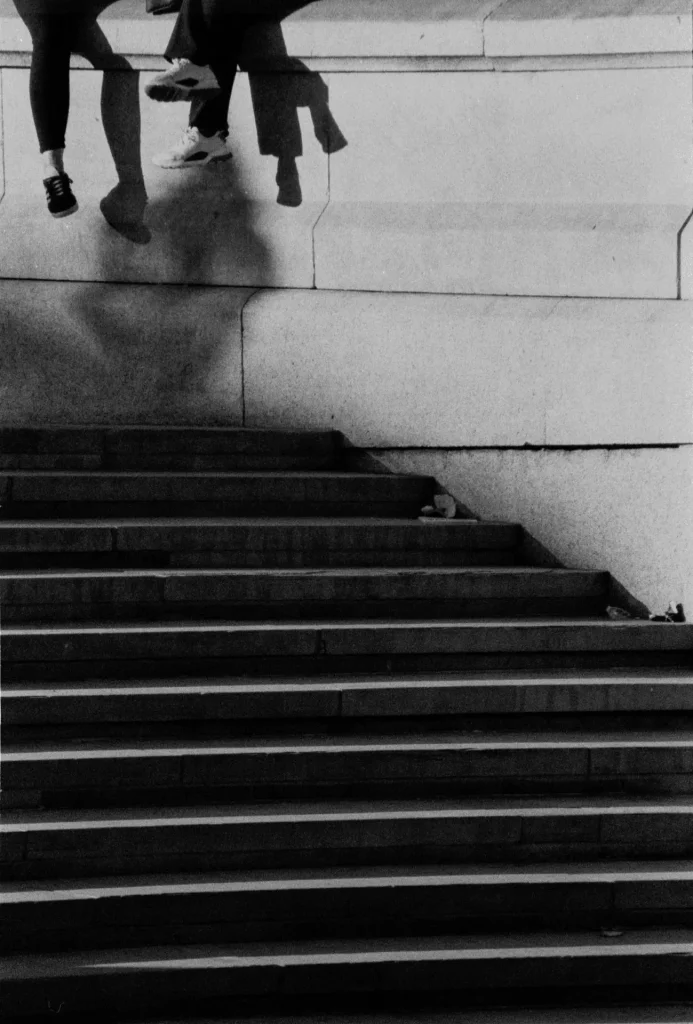
My experience with high-speed films is limited to the currently available mainstream stocks, Delta 3200 and T-Max 3200. Neopan feels closest to T-Max 3200, but I think I prefer the look of the Neopan overall. I found it much “cleaner” than either of the 3200 speed films, even when compared with rolls I’d overexposed and shot at 1600. I really like the look of both Delta and T-Max when shot in daylight/overcast but bright conditions, which means that the characteristics of high ISO become not a crutch for use in low-light, but rather a quality to the look of the final result.
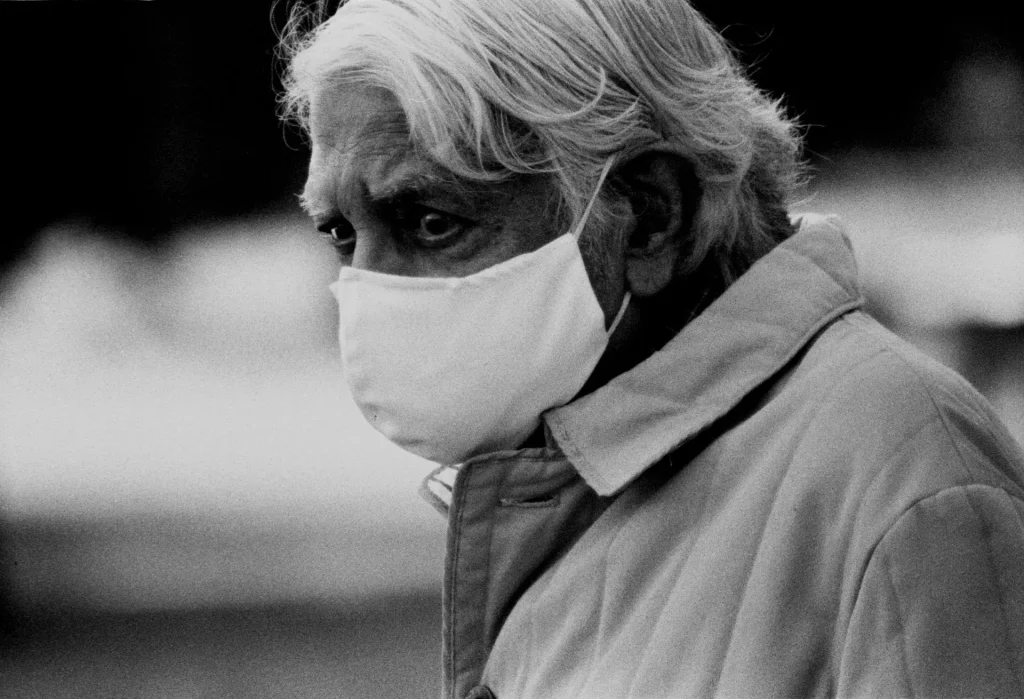
These Neopan 1600 results are similarly shot in daylight situations, which gave me a lot of freedom to expose for different types of available light – and I don’t think there are any frames where the quality of this film didn’t shine through. I think one of the best images at articulating some of the intricacies of the detail and grain characteristics is this next one – the detail of the fishing line against the pure black of the shadow of the bridge is so subtle, as is the plane at the top-centre of the scene.
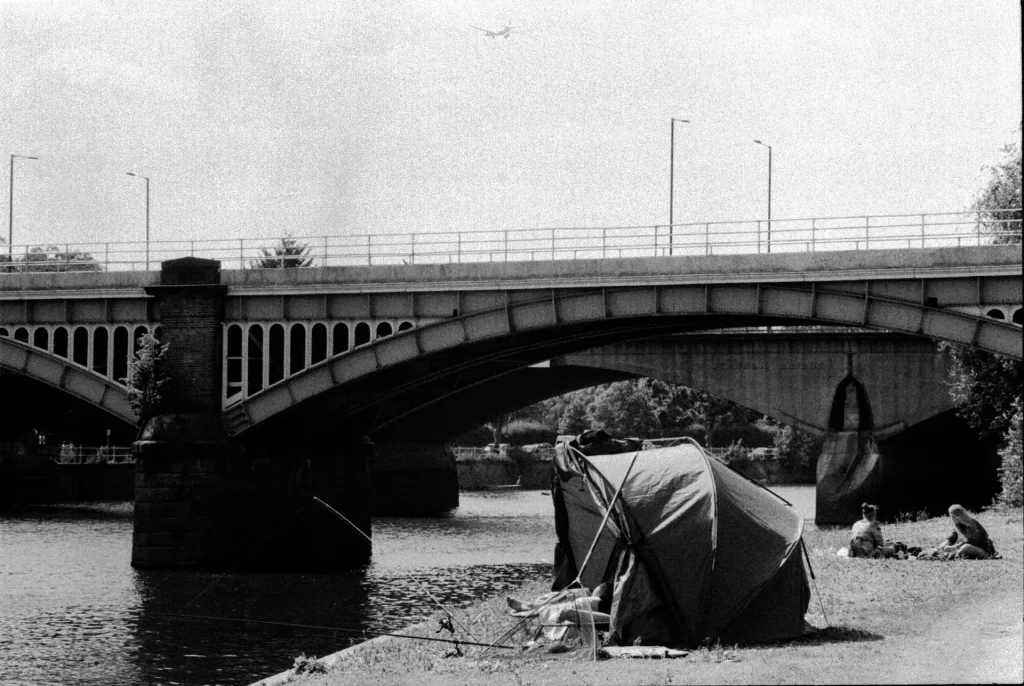
For some, detail will always be more appreciable up close, which I think these two images demonstrate pretty well!
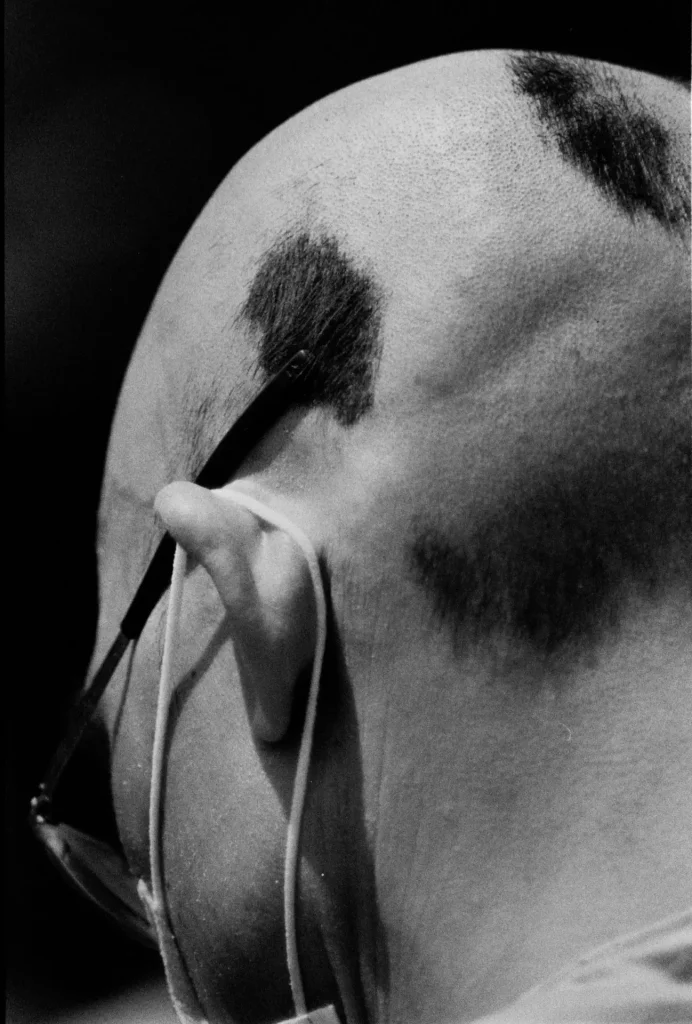
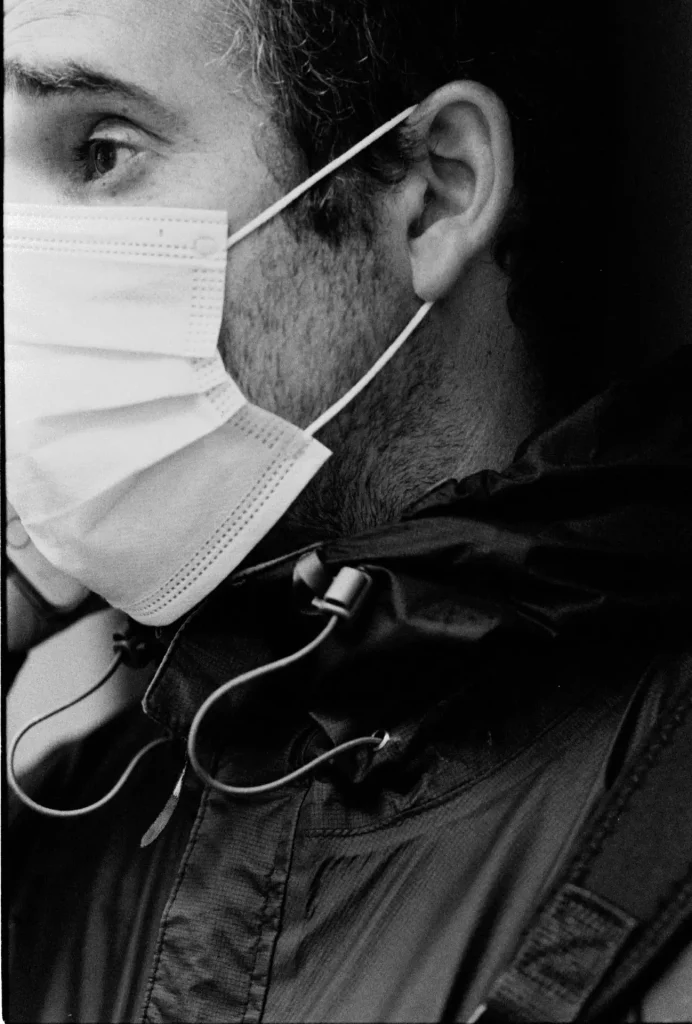
Thanks for taking the time to read my thoughts on Neopan 1600! If you like my work here, consider following me on Instagram!
Share this post:
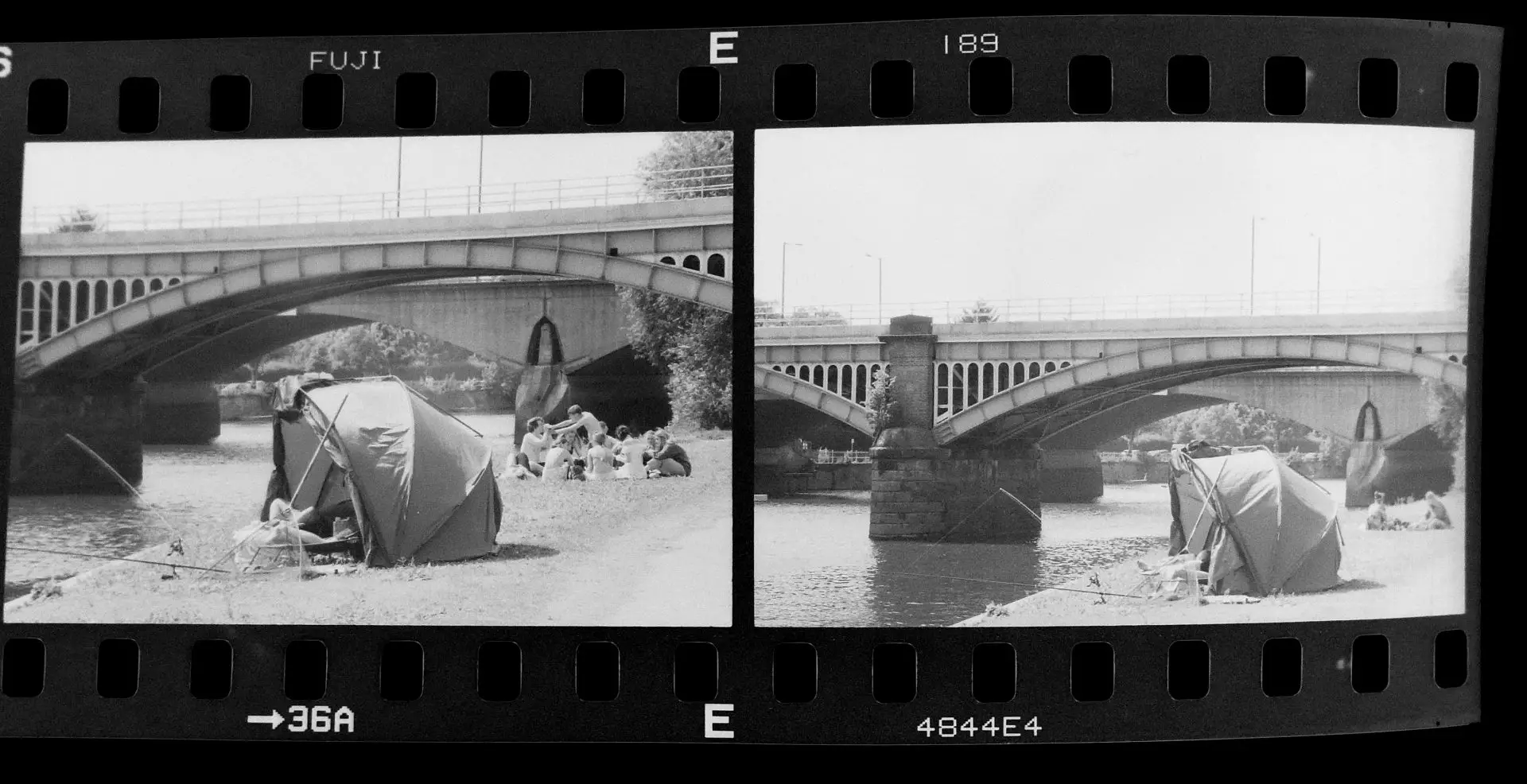
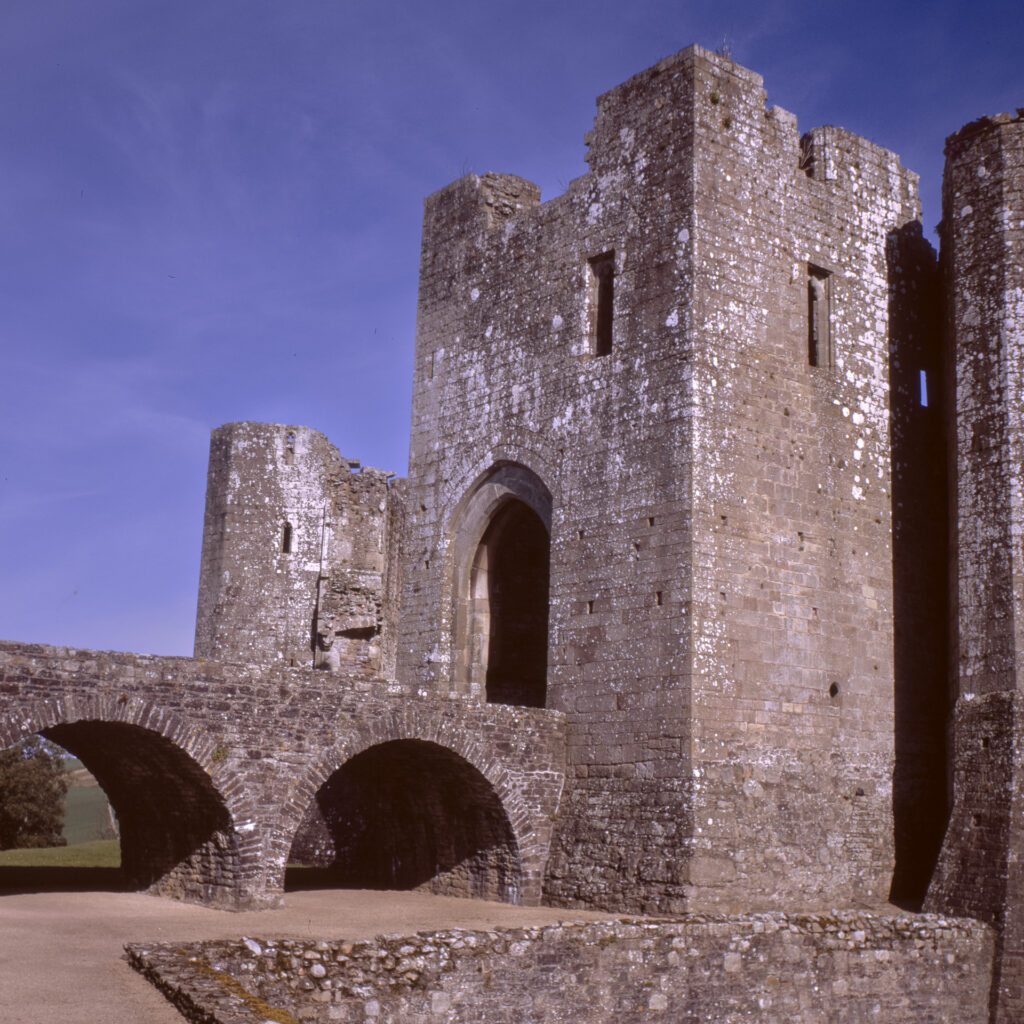
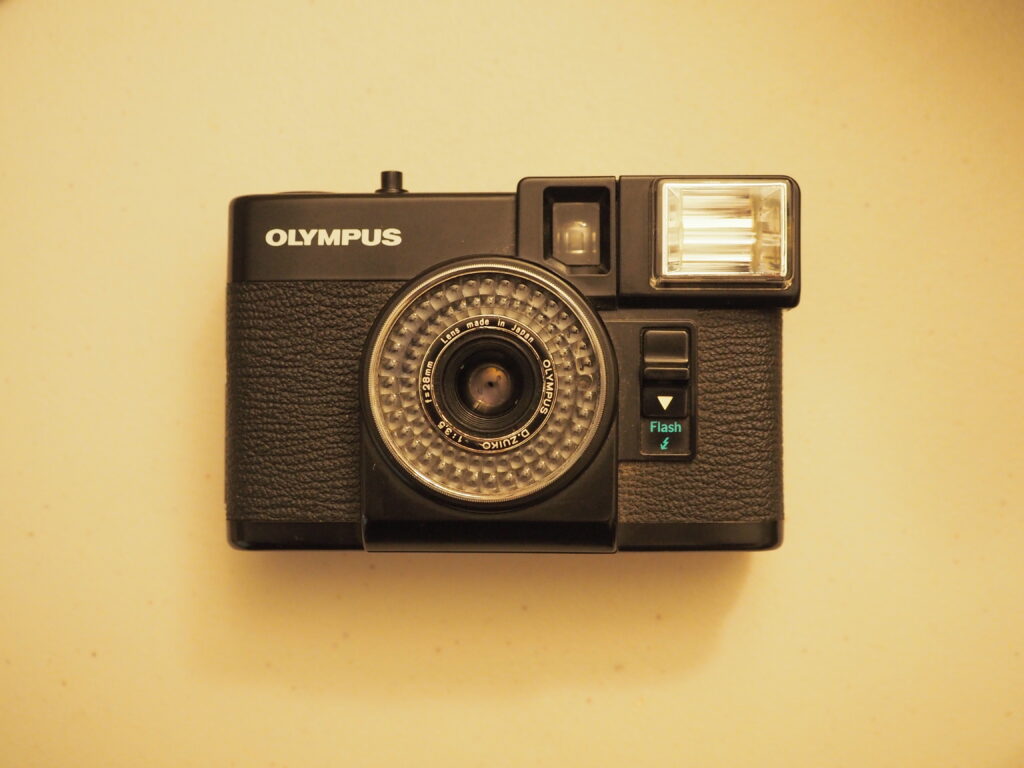
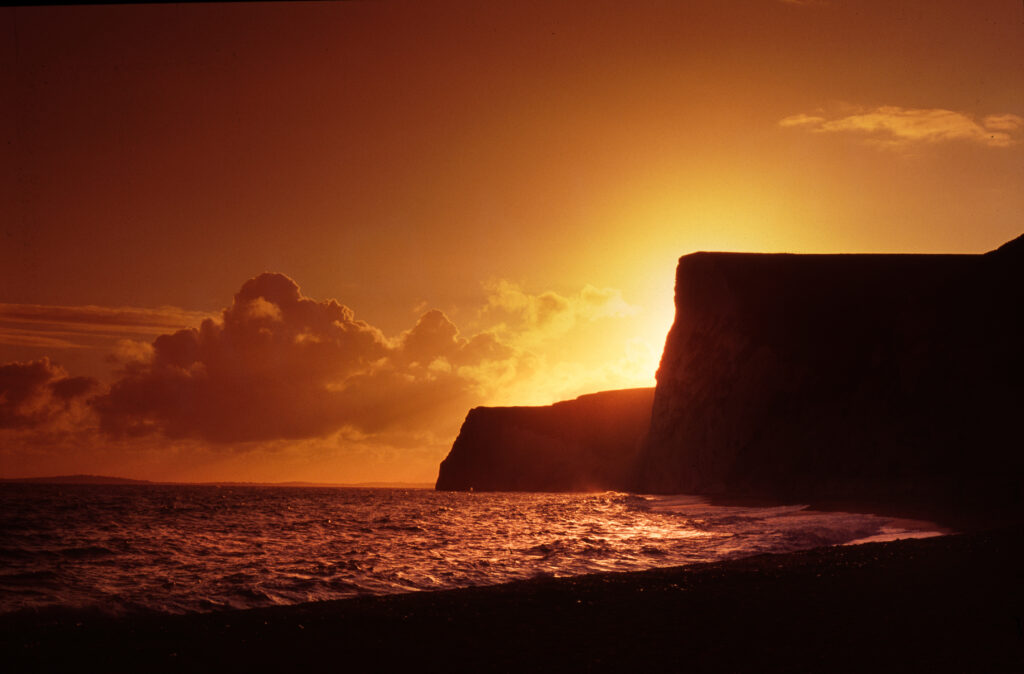
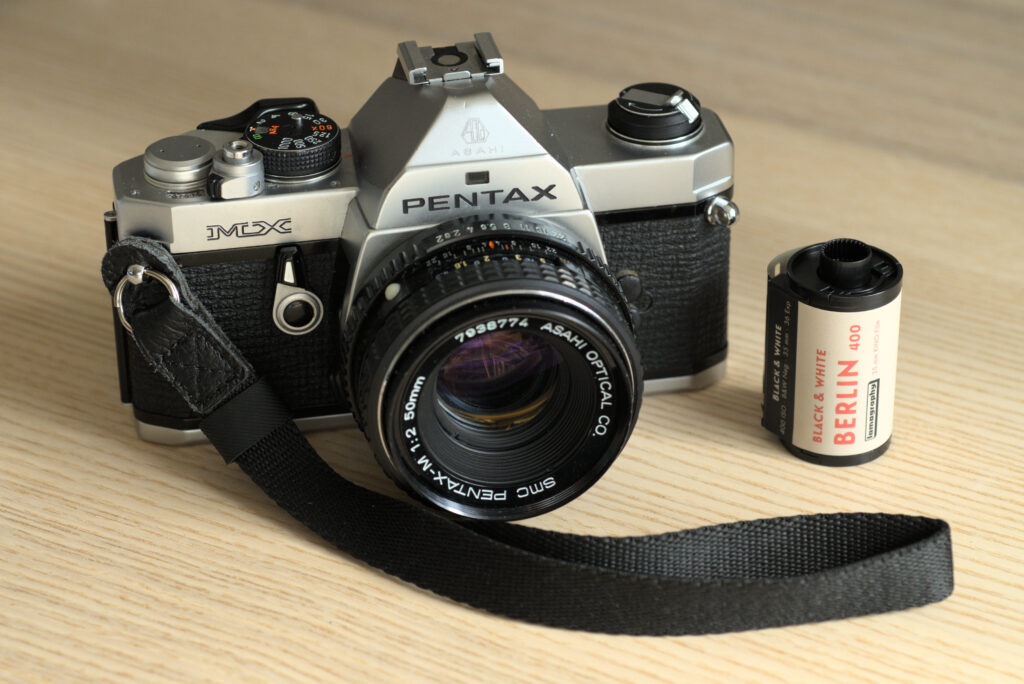
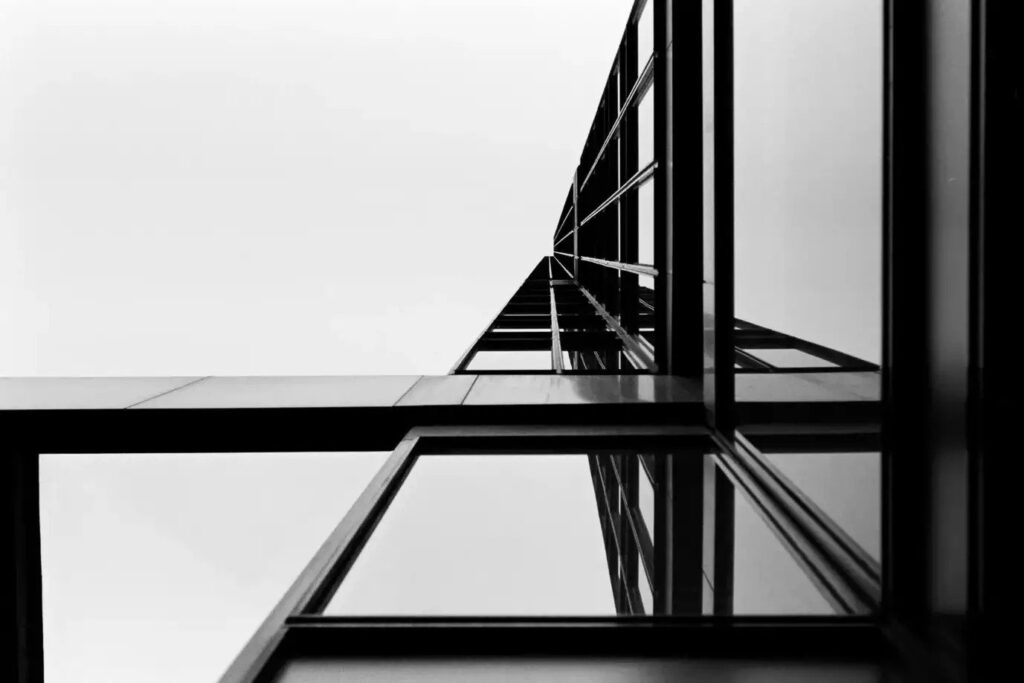
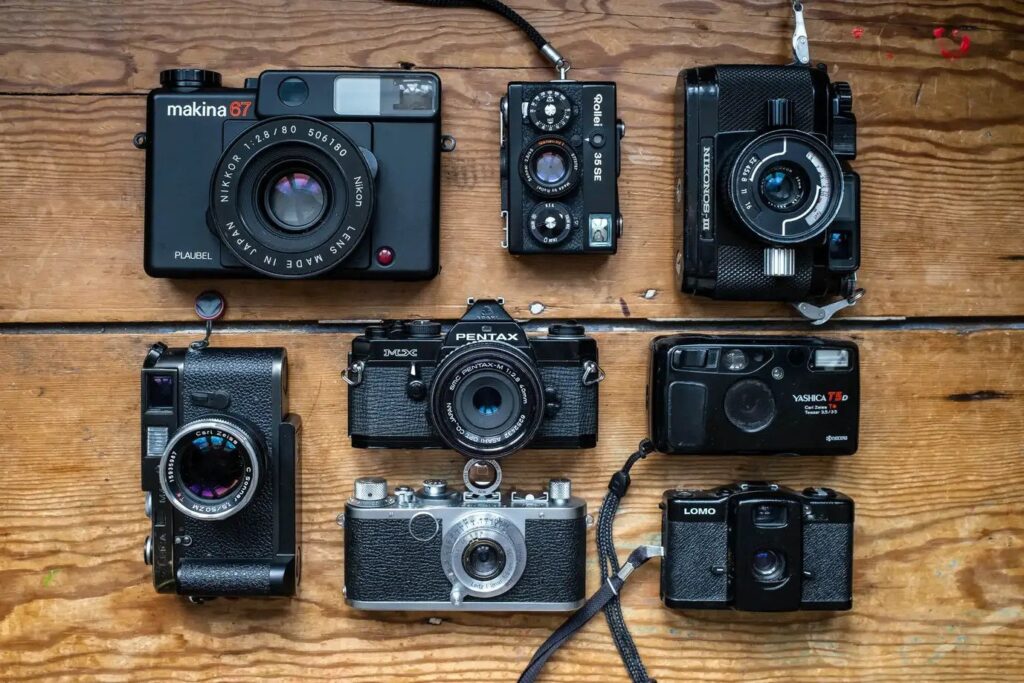
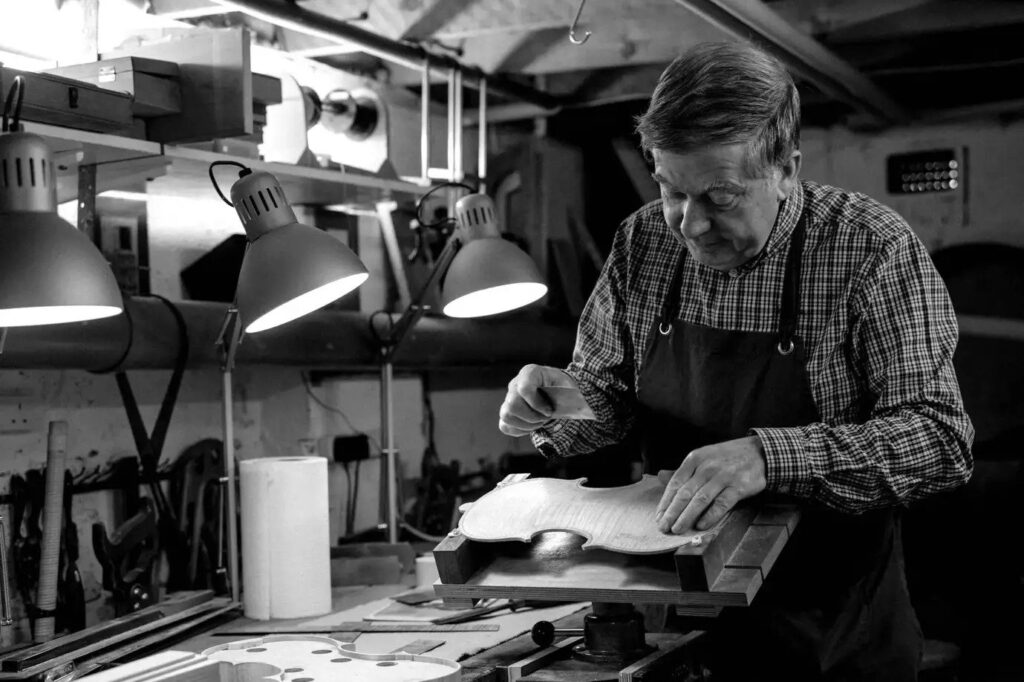
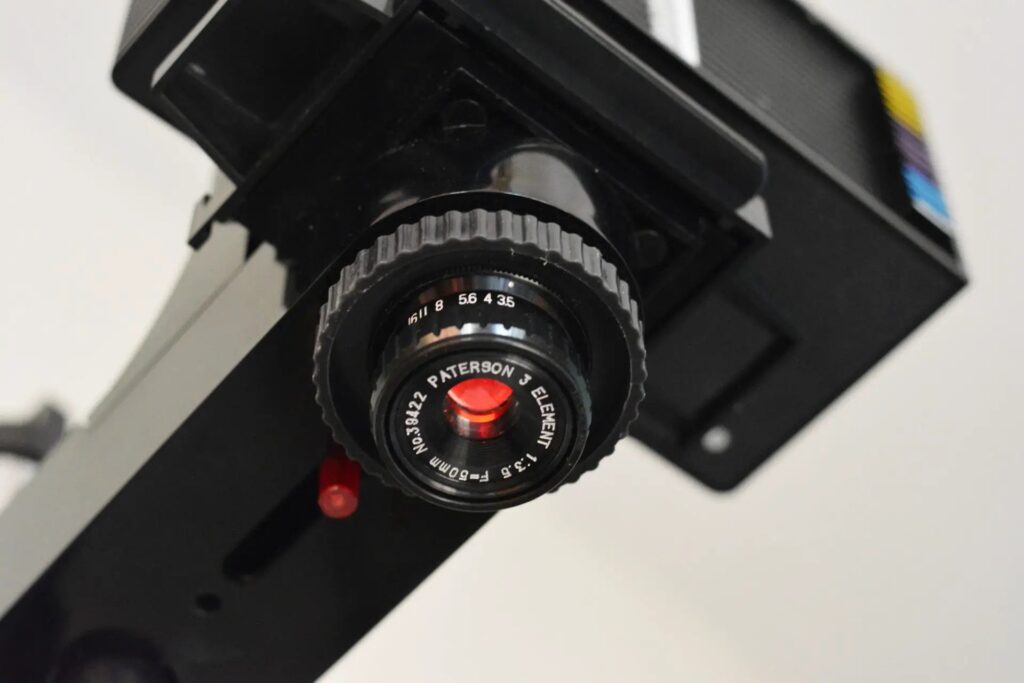
Comments
Barnaby Nutt on 5 Frames with Fujifilm Neopan 1600 – by Simon King
Comment posted: 21/08/2020